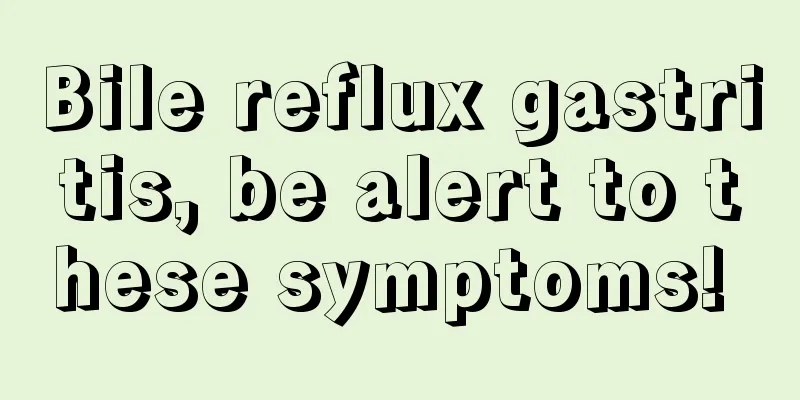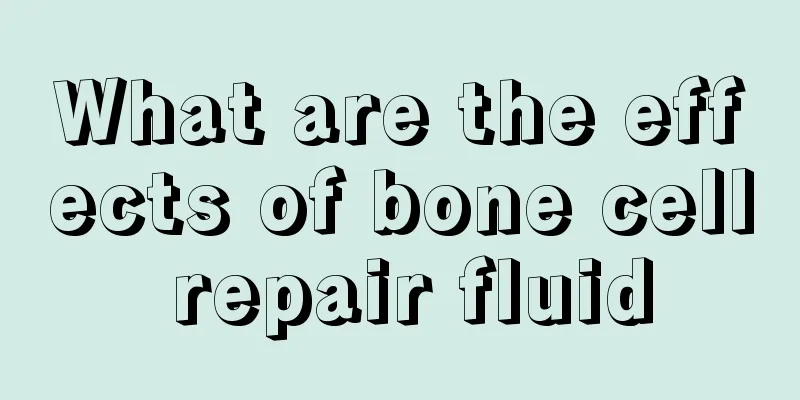What to do if corneal burns occur

|
Because of their daily work and the fact that many people often cook, they may accidentally get corneal burns. Corneal burns will immediately cause edema of the eye epithelium and may even damage the inside of the eyeball, which is very harmful to the eyes. Usually, you should go to the hospital as soon as possible to check the degree of burns and treat them according to the degree. Graduation Standard According to the grading standards adopted by the Collaborative Group on Ocular Trauma and Occupational Eye Diseases in my country in 1982, it is divided into: Grade I: Epithelial damage, epithelial turbidity and shedding, but the anterior elastic layer and corneal stroma are not damaged, and no trace is left after healing. Grade II: Only the superficial layer of the matrix is edematous, without affecting the deep layer, so the deep layer remains transparent. Grade III: The superficial layer of the cornea is edematous and turbid, the cornea is ground glass-like, the deeper layers of the corneal parenchyma are also damaged, and the iris is vaguely visible. Grade IV: The entire corneal layer is affected, appearing porcelain white and turbid, and the iris is invisible. Treatment 1. Timely and thorough cleaning of the conjunctival sac after corneal alkali burns is the key to early treatment of ocular chemical burns. That is, flush the conjunctival sac with plenty of water or 3% boric acid solution for more than 3 consecutive days, inject vitamin C under the conjunctiva, use atropine to dilate the pupil, use local and systemic antibacterial and anti-inflammatory drugs, nourish the cornea, cover the affected eye, etc. Among them: 32 eyes underwent conjunctival incision and irrigation, 16 eyes underwent anterior chamber irrigation; 18 eyes received early topical use of corticosteroids; 28 eyes underwent amniotic membrane transplantation; 16 eyes received autohemotherapy; and 4 eyes underwent conjunctival flap transfer and coverage due to corneal perforation or near perforation. (The above measures were used overlappingly in 46 patients). 2. For severe alkali burns, conjunctival incision and irrigation as well as anterior chamber irrigation are very necessary. It was previously believed that the pH of the aqueous humor would only be damaging to the eye tissue when it was >10, but the pH of the aqueous humor after an alkali burn can return to normal within 10 to 45 minutes. Recent studies have found that the content of middle molecular substances in the aqueous humor changes after alkali burns. Chen Jian et al. [3] burned the anterior segment of the rabbit eye with 20 mg/L NaOH solution and measured the changes in the content of medium-molecular substances in the aqueous humor before and 24 h, 3 days, and 7 days after the burn. The results showed that the content of medium-molecular substances in the aqueous humor 3 days after the burn was significantly higher than that 24 h and 7 days after the burn; the clinical manifestations of the burned eye were related to the abnormal increase in the content of medium-molecular substances in the aqueous humor. Timely and thorough flushing is of great significance for blocking the secondary damage of alkaline substances to eye tissues, restoring the internal and external environment of eye tissues, restoring the normal nutritional metabolism of intraocular tissues such as corneal endothelium and lens, and reducing complications such as cataracts and glaucoma. 3. The use of corticosteroids after corneal alkali burns has always been controversial and was once denied. The reason is that corticosteroids can activate collagenase, enhance the tissue dissolving effect of collagenase, inhibit capillary proliferation, inhibit the proliferation of fibroblasts in the corneal stroma, hinder the formation of collagen and mucopolysaccharides, directly delay the repair process, and lead to aggravation of ulcers and perforation. However, experimental studies in recent years have shown[2] that the use of corticosteroids has no effect on the activity of collagenase. Many scholars have reported [4, 5] that early use of corticosteroids in the treatment of corneal alkali burns has achieved good results, and believe that it is safe to use hormones within 1 week or 4 to 5 weeks after injury. We have observed that for patients with limited corneal alkali burns and significant stromal edema, early use of corticosteroids can quickly reduce corneal edema, restore corneal transparency, and alleviate inflammatory response in the anterior segment of the eye. In this group, none of the 18 eyes of the 18 patients who used topical corticosteroids early on developed corneal ulcers or corneal perforations. |
<<: What to do if cornea ruptures
>>: What to do if cornea is burned
Recommend
Frequent use of this kind of laundry detergent may cause illness
1. I like scented laundry detergent When most peo...
What's the matter with black spots on the tongue?
Experts say that black spots on the tongue are ca...
What should I do if my waist is in pain?
Usually, you should pay more attention to the hea...
What to do if wisdom teeth are inflamed and have pus
When wisdom teeth become inflamed and abscesses a...
What are the effects and uses of Hehesen tea
Hehesen tea is a kind of tea that nourishes the i...
Acne on a mole
Normally, a mole is relatively smooth, like the s...
Physical examination ethmoid sinus inflammation
Nowadays, people regard physical examination as a...
Can I drink alcohol while taking Enteritis Ning
Many friends who have gastrointestinal problems m...
Will massaging your arms every day help you lose weight?
Obesity has become a very serious problem that pl...
What should I use to wash oil stains on clothes?
There are many ways to wash clothes, but we don&#...
A Chinese doctor can tell gastritis at a glance
Gastritis is a very common stomach disease in lif...
Antihypertensive drugs that can be taken during breastfeeding
After entering the breastfeeding period, many mot...
Passion fruit with yogurt
People's opinions on passion fruit are often ...
Yoga in bed during pregnancy?
Yoga is a sport that is good for the body. Many w...
How to take care of frizzy wig
There are many people around us who are bald due ...









